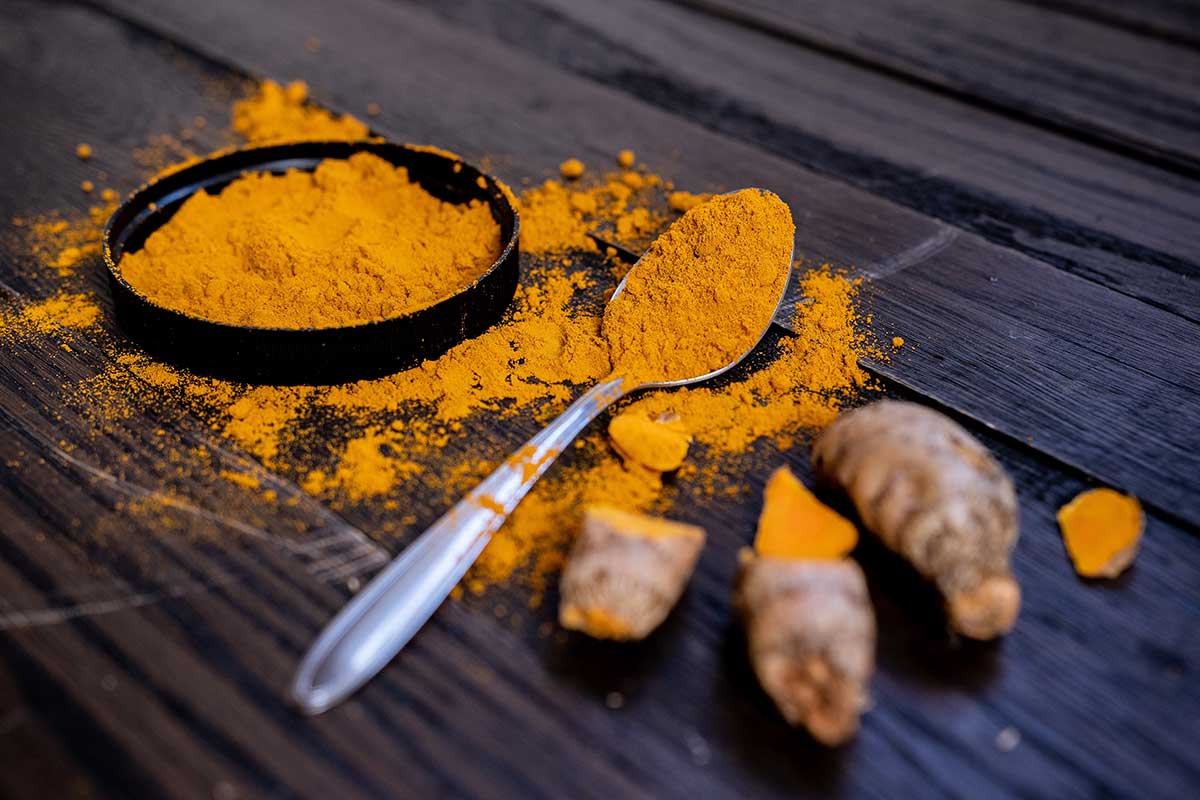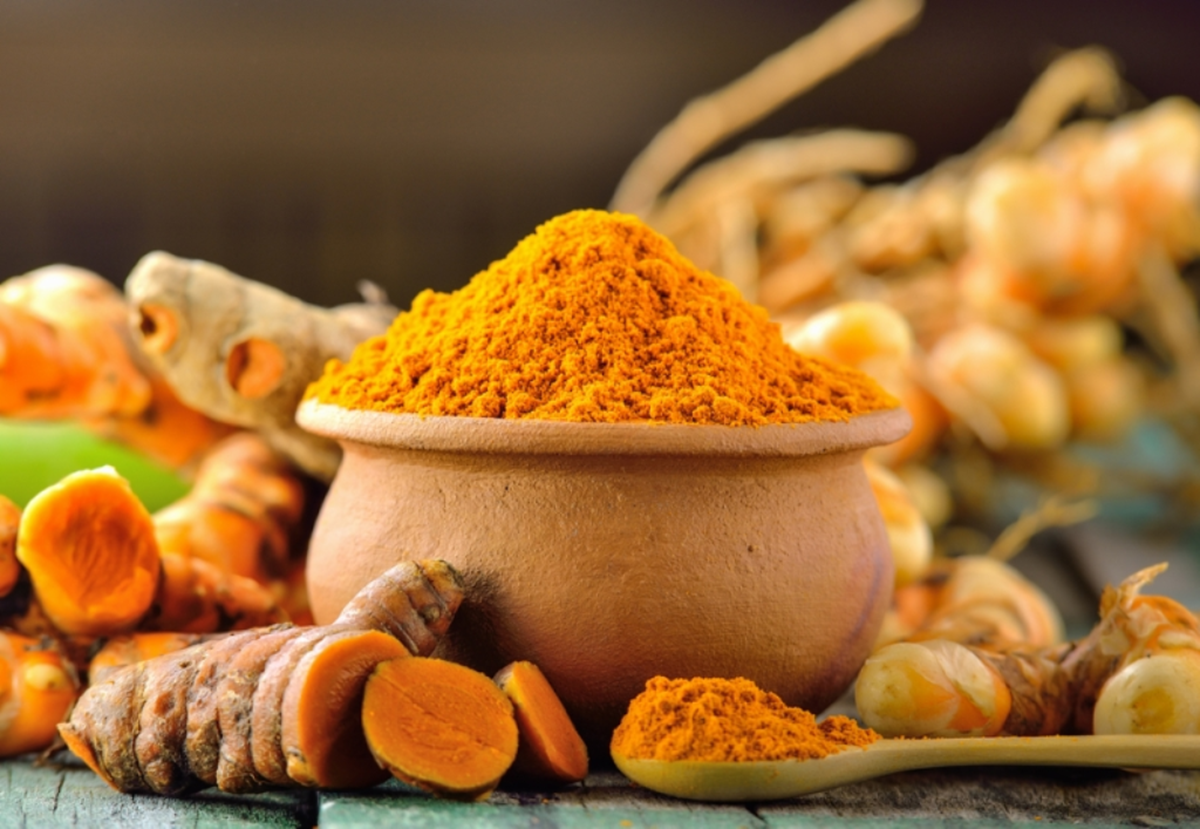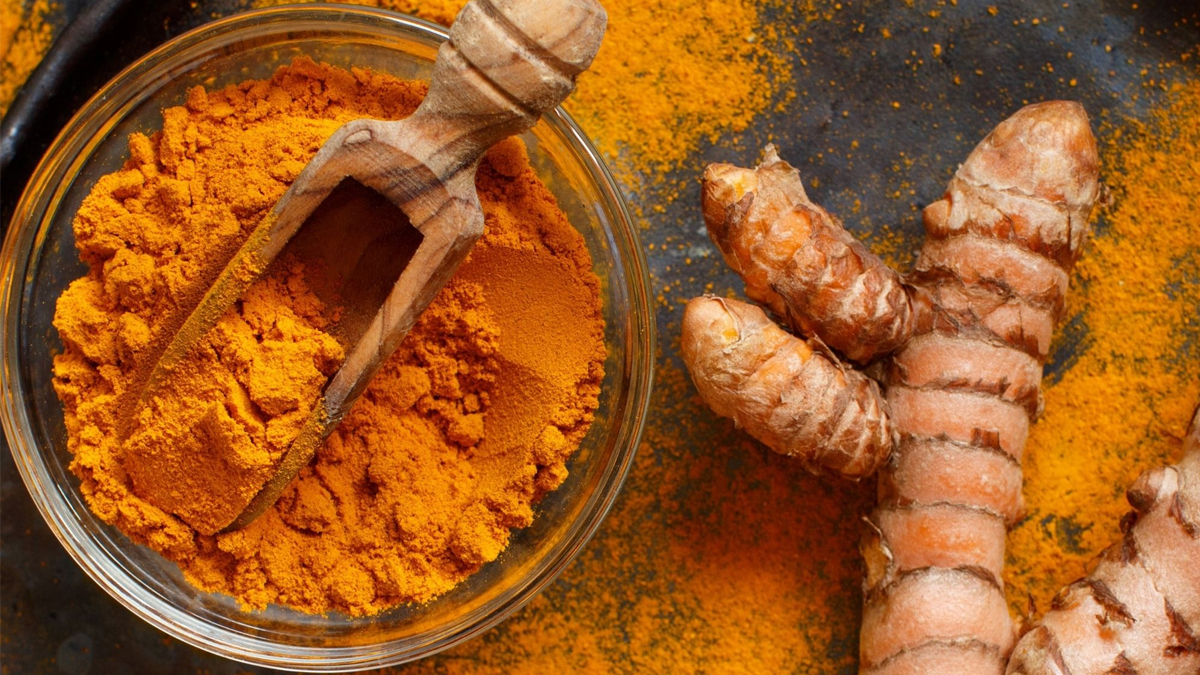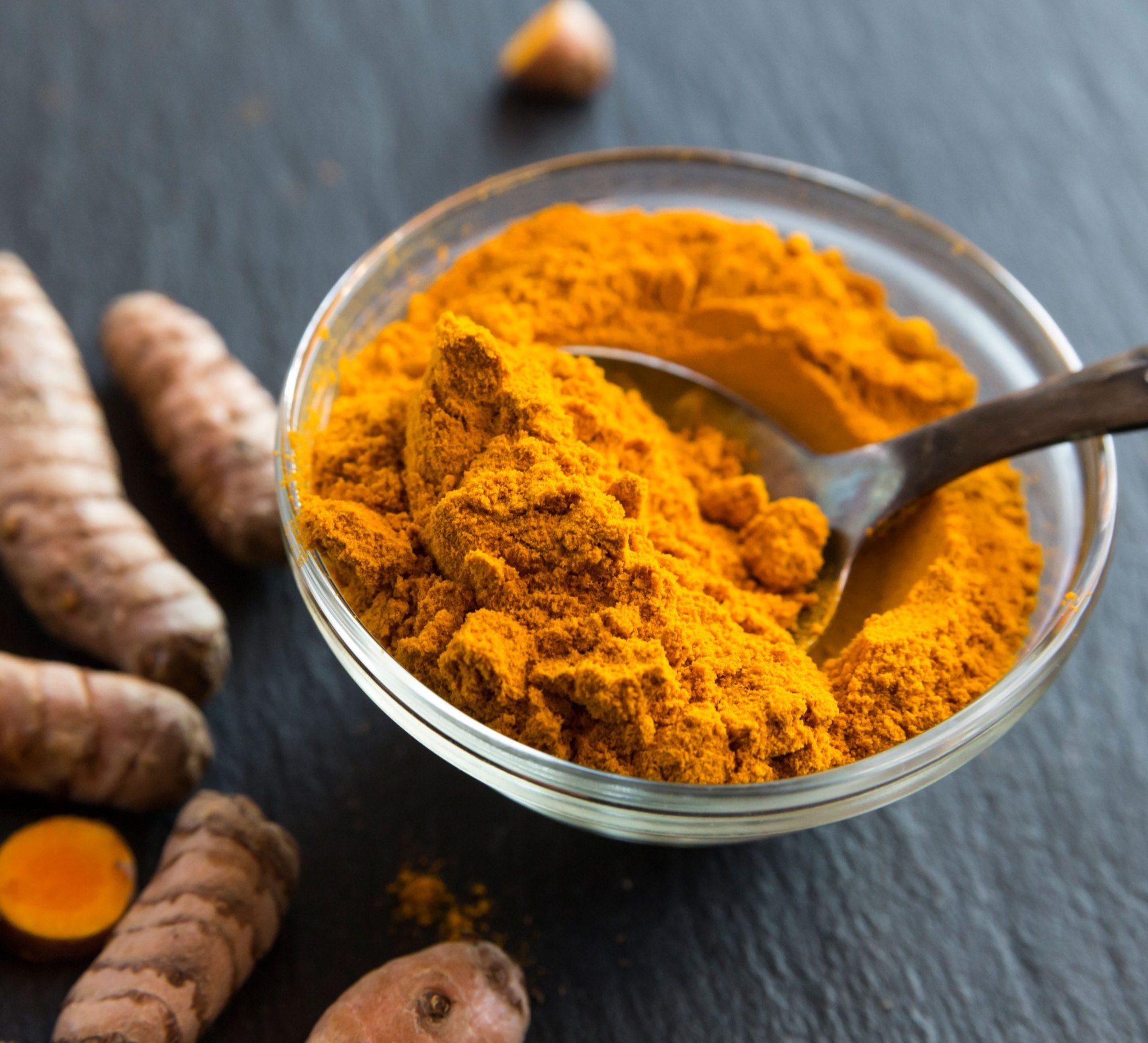Turmeric Prices Skyrocket Following Tomato Crisis in 2023
Prices have increased dramatically due to unseasonal rains in the harvesting months of April and May that negatively impacted output and delayed planting because of the monsoon’s delayed arrival, according to dealers.
Now it’s the turn of turmeric prices to soar, after jeera (cumin seeds), tomatoes, and tur dal. The cost of the typical Indian spice has doubled over the past three months.

Prices have increased dramatically due to unseasonal rains in the harvesting months of April and May that negatively impacted output and delayed planting because of the monsoon’s delayed arrival, according to dealers.
In Maharashtra, Telangana, and Tamil Nadu, mandi prices are around Rs 14,000/quintal, up from Rs 7000/quintal in April.
On the commodity exchange NCDEX, the price for turmeric was reported on Friday at Rs 12,904 a quintal, while the price for the futures contract for delivery on December 20, 2023, increased to Rs 16,082 per tonne.
Unseasonal rains harmed farmers’ crops, and a delay in planting will harm output in the current year, according to Ankit Agarwal, Director of Amar Agarwal Food, a dealer in turmeric situated in Erode, Tamil Nadu.
He said the crop was highly damp due to the rains in April and May, leaving no time for drying. This has impacted between 35,000 and 40,000 tonnes of the produce in Maharashtra, or about 7-8 lakh bags (50 kg apiece).
Turmeric farmers may have switched to other crops due to low sales in recent seasons, according to a dealer from Nizamabad, Telangana, who predicted a drop in production this year.

According to reports, traders and farmers hang onto some stock expecting rising prices.
Traders predict that output will be between 10% and 15% lower this year than last. The Indian Spice Board expects turmeric output to be 1.16 million tonnes (MT) in the crop year of 2022–23 (July–June), a 5% decrease from 1.22 MT in 2021–2022.
According to the Board, in Maharashtra, Tamil Nadu, Andhra Pradesh, and Telangana, the sowing area of turmeric is expected to decrease by 10–20% this year.
According to officials, increased exports and local consumption have also impacted domestic supply.
Turmeric exports increased 11% over the prior fiscal year to 0.17 MT in FY23.
The harvest of turmeric takes place in March and April, whereas the sowing of turmeric begins with the arrival of the monsoon and lasts until August. Telangana, Maharashtra, Karnataka, Tamil Nadu, and Andhra Pradesh are known for producing the highest amount of turmeric.
Turmeric is produced, consumed, and exported chiefly in India. Around 80% of the world’s production of turmeric is made in India, with China (8%), Myanmar (4%), Nigeria (3%) and Bangladesh (3%) following.
Following the recent tomato price surge, 2023 has delivered another blow to the global food economy: an unexpected increase in turmeric prices. Experts are scrambling to make sense of the situation, while consumers are feeling the pinch as they grapple with the impact of these price hikes on their daily groceries.
Turmeric, an integral component of cuisines worldwide and known for its anti-inflammatory properties, has seen a substantial price rise in recent months. The commodity, usually a staple in any kitchen, has become a luxury, with prices reaching unprecedented levels.
A quintessential spice, not just in Asian cooking but globally, turmeric’s demand has surged over the years. Its extensive use in food, cosmetics, natural remedies, and pharmaceuticals has made it a critical ingredient worldwide.
The current spike in turmeric prices has sent shock waves through the food and healthcare industries, where spice plays a vital role. Due to this sudden rise, restaurants, food manufacturers, cosmetic companies, and pharmaceutical industries have had to adjust their pricing and production models.
Several reasons have contributed to the recent surge in turmeric prices. Similar to the recent tomato crisis, the current price spike can be attributed to adverse weather conditions and disruptions in the supply chain caused by the global pandemic.
Climate change has caused unpredictable weather patterns, leading to inadequate rainfall in primary turmeric-growing regions like India, which produces nearly 80% of the world’s turmeric. This has resulted in a smaller yield, driving prices up due to the limited supply.
Global supply chains have been heavily disrupted due to the ongoing pandemic restrictions, contributing to the price hike. Shipping costs have increased, port congestion continues, and labour shortages have exacerbated the situation, resulting in longer delivery times and higher costs.

Further adding to the crisis, the increased demand for turmeric in the health and wellness sector due to its immunity-boosting properties during the pandemic has added fuel to the fire. The confluence of these various factors has caused an unexpected surge in turmeric prices, resulting in a perfect storm.
Consumers worldwide have started feeling the effects of the price hike. Everyday grocery bills have surged, with the price of turmeric doubling in some regions. Low-income households are particularly affected, forced to rethink their budgets or omit turmeric from their diet.
The restaurant industry has also been affected, grappling with the double blow of the tomato and turmeric price hikes. Many establishments have been forced to rethink their menus, with dishes heavily reliant on these ingredients seeing a price increase or being removed altogether.
Pharmaceutical and cosmetics industries, heavily dependent on turmeric, are also facing a crisis. The increased cost of raw materials has driven the prices of products up, affecting consumer purchasing behaviour. Small businesses in these sectors, especially those producing natural and organic products, are being hit particularly hard.

As turmeric’s price surge continues to make headlines, governments and industry leaders worldwide are working to find a solution. Encouraging the local production of turmeric, investing in more sustainable and resilient supply chains, and implementing climate-smart agricultural practices can help mitigate the impact of these price fluctuations.
However, until these measures bear fruit, consumers, industries, and markets must adapt to these changes. While it is hoped that this price surge is temporary, it is a sobering reminder of the complex interplay between agriculture, climate change, and global supply chains and the vulnerability of our food systems.

These back-to-back crises emphasize the need for swift and decisive action to make our food systems more robust, climate-resilient, and equitable. Only then can we hope to protect ourselves from similar shocks in the future.



